Picture this: The grand halls of the White House echoing with chandeliers, polished floors, perhaps a hint of gilding—and somewhere behind the scenes, excavators tearing apart the East Wing. Welcome to the latest
chapter in America’s most high-profile makeover.
THE GRAND VISION
After decades of presidents remarking: “Wouldn’t it be nice to have a larger space for state dinners?”, along comes Donald Trump (yes, wrap your head around that), announcing a brand-new 90,000-square-foot ballroom inside the White House’s East Wing complex. Cost? About $250 million (taxpayer dollars? Nope—they say it’s all privately funded).
He claims it will allow the White House to host world leaders, dignitaries and Gala Nights with more room than ever before
BLUE-PRINT VS. BACKHOE
So, crews rolled in, construction vehicles rumbled in front of cameras and part of the East Wing façade came down—yes, the one where the First Lady’s offices, visitor tour entrance, the social side of the house have been housed for decades.
Interesting detail: initial assurances said nothing would be torn down. Then, not so much. “It won’t interfere with the building,” the administration said. Then people took pictures of demolition. Oops.
THE WHY(?)
So why a ballroom anyway?
Reason No. 1 given: Not enough room in the current event space: the largest indoor venue (the East Room) holds only ~200 people. The new ballroom: up to 999 guests (yes, nine-nine-nine).
Reason 2: Modernisation vibes: The East Wing was built in 1942, and the White House site says “every president has expanded or modernised” over time. So, we’re in good historical company.
Private funding has also been cited as justification: “No cost to taxpayer,” they say. But who are the donors exactly? That’s not fully public.
THE OUTRAGE
Preservationists are worried: This is arguably the biggest structural change to the Executive Mansion complex in decades. Should the rules for historic buildings apply? Some say the oversight is being bypassed.
Also, we cannot overlook the timing and optics: A lavish ballroom and millions being spent while many Americans are feeling the squeeze of economic pressures and political uncertainty. Some didn’t hold back, calling it “tacky, gaudy, nasty”.
Ownership vibes: It’s “the people’s house” after all, so when major parts are demolished (again—the “people’s house” needs disinfecting?), the question of who makes these decisions looms large.
BALLROOM DRAMA & DISCO BALLS
Let’s be honest: there’s something almost absurdly diva-esque about building a presidential ballroom that seats 999 people. You can hear the disco ball spinning. Imagine the invite: “Presidential Gala-Black-Tie, Ballroom C (East Wing Annex)”. You half expect a valet parking attendant in red tails.
Also, fun fact: The initial plan maybe for 650 guests, then 900, now 999. It’s less “we’ll host a state dinner” and more “we’ll host an imperial coronation… or at least a Bond-villain convention”.
It isn’t just about architectural flourishes or who gets to dance where. It’s about the meaning of the White House: Is it a museum of democracy? A functioning residence? A gilded ballroom? All of the above?
When renovation equals demolition, when private donors fund spaces inside the “people’s house,” when transparency gets fuzzy, then the debate isn’t purely aesthetic. It’s about power, precedent, symbolism.
If you’re pro-ballroom: Great. Let’s have a beautiful, functional event space at 1600 Pennsylvania Ave. Maybe dinner guests will be more comfortable and less “tented on the lawn”. If you’re sceptical: Fair. If the White House becomes less “people’s” and more “platinum-club for 999 VIPs”, that matters.
In the end, remember: even in democracy, someone has to pick the chandeliers.
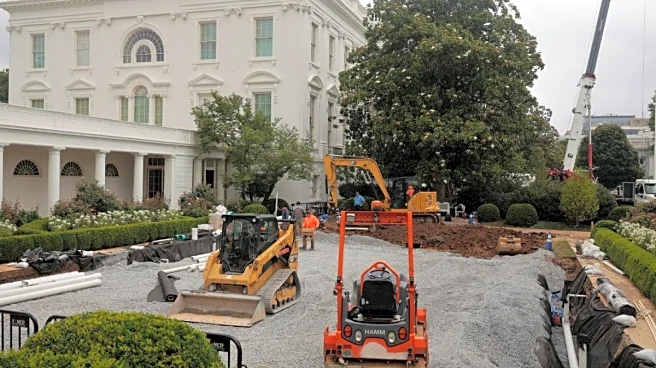

/images/ppid_59c68470-image-176119253037796147.webp)

/images/ppid_59c68470-image-176117753604182515.webp)

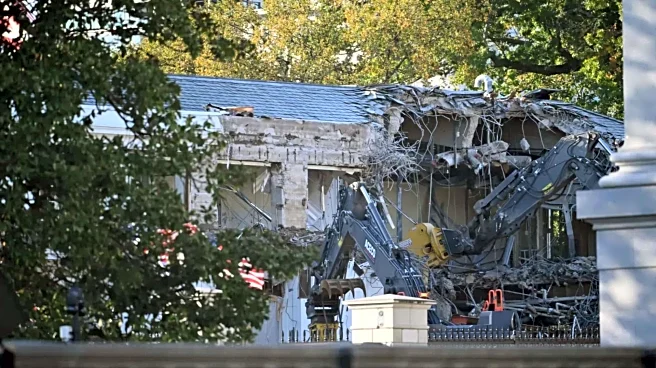

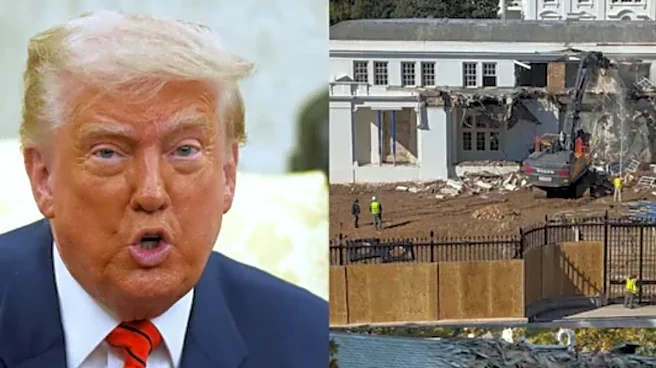
/images/ppid_59c68470-image-176112256914917540.webp)
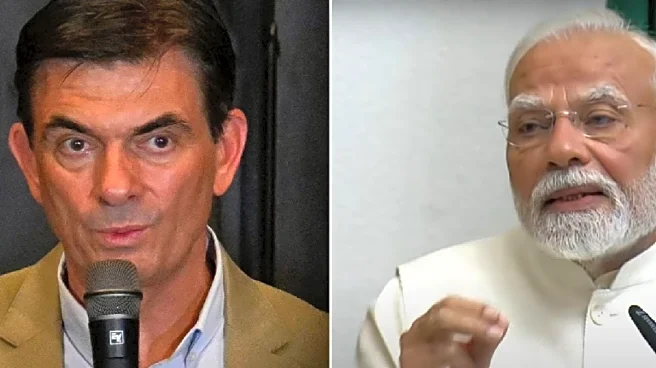
/images/ppid_59c68470-image-176094004101240143.webp)
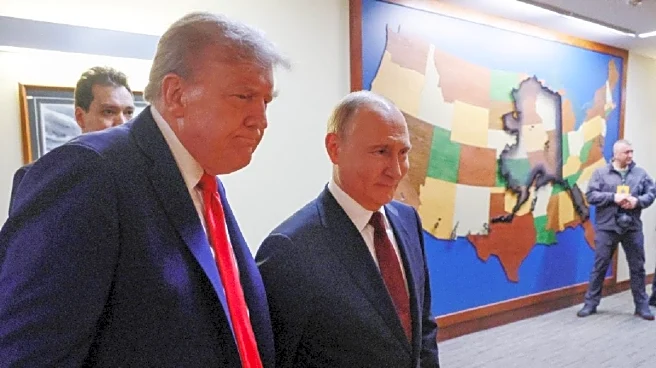
/images/ppid_59c68470-image-176098014166293588.webp)